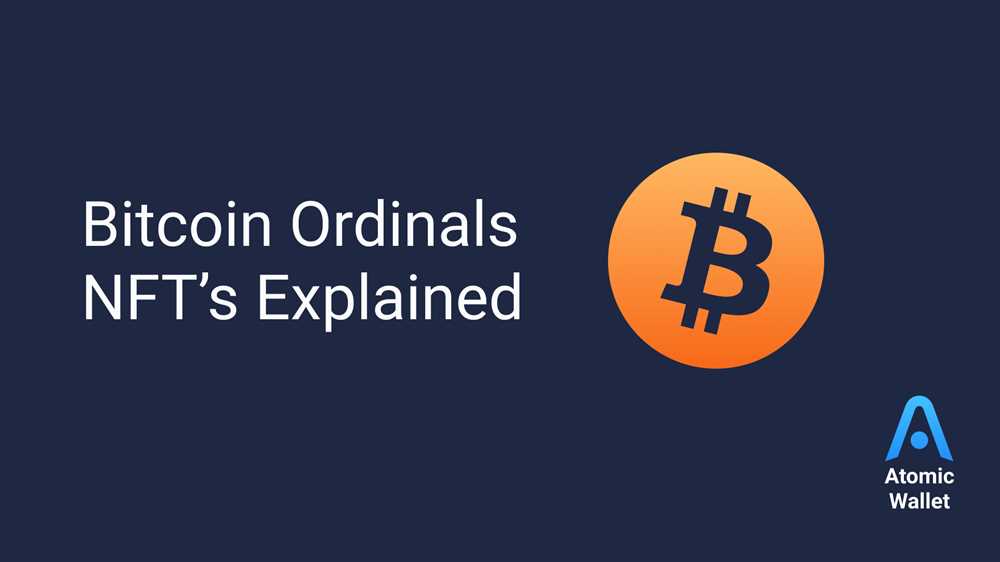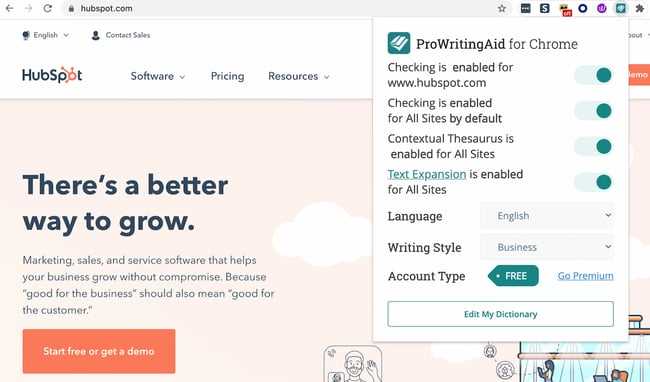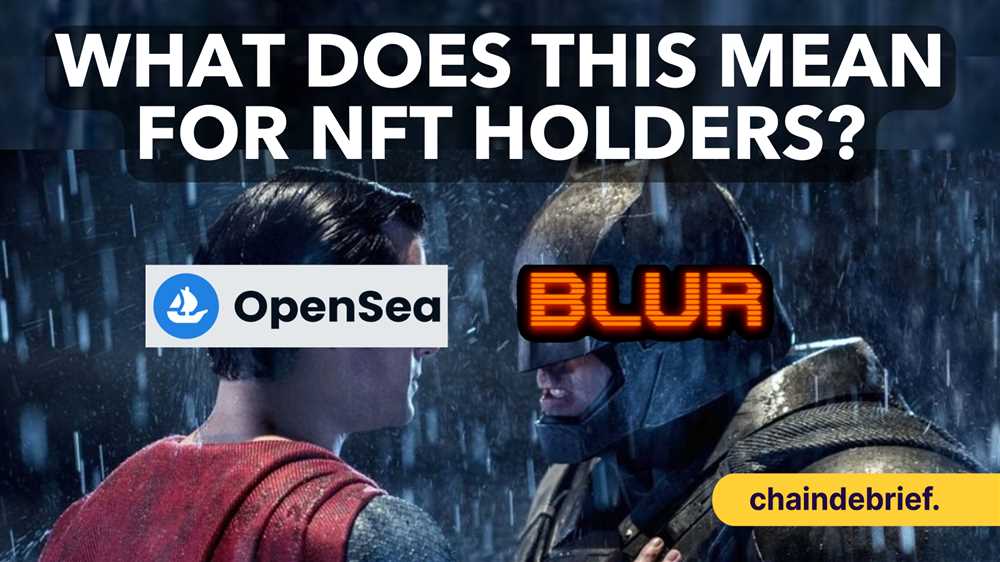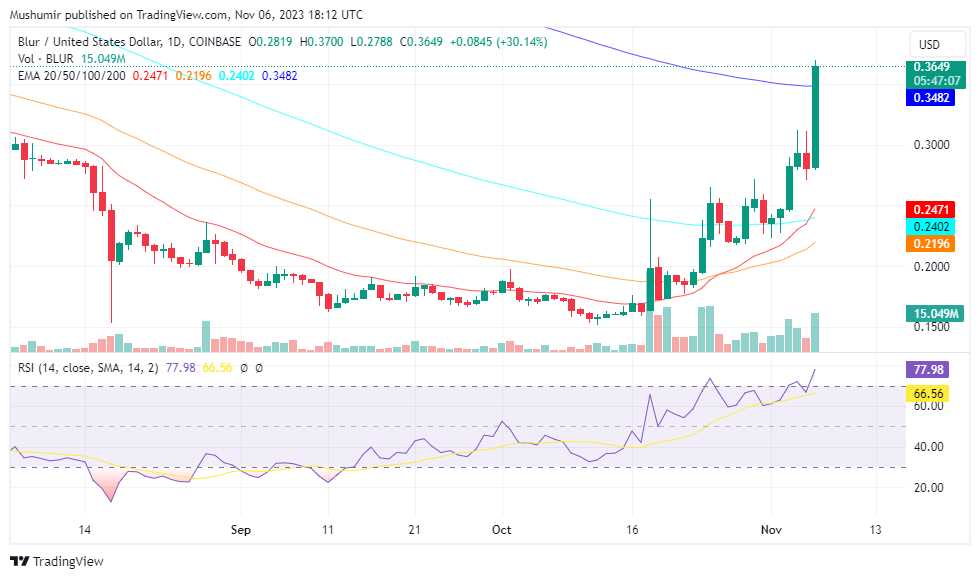
In recent years, the rise of new technology in the art and investment worlds has been nothing short of revolutionary. Non-fungible tokens (NFTs) and cryptocurrencies like Bitcoin have opened up exciting possibilities for artists and investors alike. NFTs provide a unique digital ownership experience, while Bitcoin offers decentralized and secure transactions. Together, they have created a dynamic landscape that is both thrilling and challenging to navigate.
For artists, NFTs have emerged as a game-changer. These tokens allow creators to tokenize and sell their digital artwork, granting buyers exclusive ownership rights. With the blockchain serving as an immutable record of ownership, artists can finally monetize their digital creations in a transparent and secure manner. This opens up a world of opportunities for artists to reach a global audience, bypass traditional gatekeepers, and establish direct relationships with their fans.
However, the rise of NFTs has also brought challenges. The environmental impact of blockchain technology, particularly in the case of Bitcoin, has raised concerns. The energy consumption required for mining Bitcoin has drawn criticism from environmentalists who argue that it contributes to carbon emissions and exacerbates climate change. Artists and investors must grapple with these ethical considerations and decide how they align with their values.
On the investment front, NFTs and cryptocurrencies have captured the attention of seasoned investors and newcomers alike. The potential for significant returns on investment is tantalizing, with some NFTs fetching millions of dollars at auction. However, this emerging market is not without risks. The volatility of cryptocurrencies, including Bitcoin, means that investors must be prepared for dramatic price fluctuations. Additionally, the risk of fraud and counterfeit NFTs poses a real threat to investors, as the market lacks established regulations and standards.
As artists and investors explore the opportunities presented by NFTs and Bitcoin, it becomes clear that this revolutionary technology is reshaping the art and investment landscape. While it offers exciting prospects for artists to monetize their work and investors to profit, it also introduces challenges and ethical considerations. Finding a balance between the potential rewards and risks will be crucial as we navigate this dynamic and ever-evolving space.
Understanding NFTs: From Digital Art to Tokenizing Assets

In recent years, the concept of Non-Fungible Tokens (NFTs) has gained significant attention in the art and investment communities. NFTs allow artists to tokenize their digital creations, giving them a unique digital certificate of ownership recorded on a blockchain.
Initially, NFTs were mainly associated with digital art. Artists began selling their artwork as NFTs, providing collectors with a way to securely prove ownership and authenticity of digital creations. This opened up new possibilities for artists to monetize their work in a digital medium.
However, the potential of NFTs goes beyond art. The technology has the capability to tokenize other types of assets, such as music, videos, virtual real estate, and even physical assets like real estate or luxury goods. This allows for the creation of a digital marketplace where any asset, tangible or intangible, can be tokenized and traded.
The Benefits of NFTs for Artists

For artists, NFTs offer several advantages. First and foremost, NFTs provide a way for artists to secure ownership and prove authenticity of their digital creations. This helps to address the issue of digital art being easily copied and shared without attribution or compensation to the artist.
Furthermore, NFTs enable artists to monetize their work more effectively. By tokenizing their creations, artists can sell limited editions or create unique pieces that can command higher prices. NFTs also provide the potential for artists to earn royalties from secondary market sales, ensuring ongoing income from their work.
The Opportunities and Challenges for Investors

From an investment perspective, NFTs can be seen as both an opportunity and a challenge. On one hand, NFTs provide a new asset class that investors can diversify their portfolios with. The potential for high returns on investment has attracted many investors to the NFT market.
However, investing in NFTs also comes with its challenges. The NFT market can be volatile and speculative, with prices of certain NFTs skyrocketing and then crashing. There is also the issue of verifying the provenance and authenticity of the underlying assets. Additionally, the environmental impact of NFTs, especially those built on energy-intensive blockchains like Ethereum, is a growing concern.
| Opportunities | Challenges |
|---|---|
| – Potential for high returns | – Volatility and speculation |
| – Diversification of investment portfolio | – Verifying provenance and authenticity |
| – Ability to participate in emerging digital marketplaces | – Environmental impact |
Overall, NFTs have opened up new possibilities for artists to monetize their digital creations and for investors to diversify their portfolios. However, it is important for both artists and investors to approach the NFT market with caution and conduct thorough research before participating.
NFTs and Bitcoin: The Intersection of Digital Currencies and Blockchain Technology

As the world of digital art and collectibles continues to evolve, two major players have emerged: NFTs (Non-Fungible Tokens) and Bitcoin. NFTs have revolutionized the art market by allowing artists to tokenize and sell their digital creations, while Bitcoin has been at the forefront of the cryptocurrency movement.
But what is the intersection between these two technologies? How are NFTs and Bitcoin related, and what opportunities and challenges do they present for artists and investors? In this article, we will explore this exciting crossover and its implications for the art and investment worlds.
What are NFTs?

NFTs, or Non-Fungible Tokens, are unique digital assets that are stored on a blockchain, typically Ethereum. Unlike cryptocurrencies such as Bitcoin, which are fungible and can be exchanged for one another, NFTs are indivisible and cannot be exchanged on a one-to-one basis. This uniqueness is what gives NFTs their value and is a key aspect of their appeal for artists and collectors.
How does Bitcoin fit into the NFT ecosystem?

Bitcoin, on the other hand, is the most well-known cryptocurrency and operates on a separate blockchain than NFTs. While Bitcoin and NFTs are not directly related, they are both powered by blockchain technology, which provides the underlying infrastructure for their creation, storage, and transfer. The rise of NFTs has contributed to increased interest and adoption of blockchain technology as a whole.
Furthermore, Bitcoin’s decentralized nature and its use as a digital store of value have made it an attractive investment for many. As NFTs gain traction in the art world, some investors are also exploring the potential for investing in NFTs as a way to diversify their cryptocurrency portfolios.
Opportunities and Challenges for Artists and Investors

For artists, NFTs present a new way to monetize their work and gain recognition. By tokenizing their creations as NFTs, artists can sell them directly to buyers, eliminating intermediaries and earning royalties on future sales. This provides artists with greater control over their intellectual property and the potential for increased revenue.
However, the NFT market is not without its challenges. Critics argue that the sale and ownership of digital assets have inherent environmental costs due to the energy consumption of blockchain networks. Additionally, the sustainability and longevity of the NFT market remain uncertain, as some worry that it may be a passing trend.
For investors, NFTs offer an opportunity to participate in the growing digital art market and potentially benefit from the potential appreciation of unique digital assets. However, the inherent volatility of cryptocurrency markets and the relatively nascent nature of the NFT market mean that investors should approach these investments with caution and do thorough research before diving in.
| Pros | Cons |
| Opportunity for artists to monetize their work | Potential environmental impact |
| Diversification for cryptocurrency investors | Uncertainty in the longevity of the market |
| Increased interest and adoption of blockchain technology | Volatility of cryptocurrency markets |
Ultimately, the intersection of NFTs and Bitcoin represents a fascinating convergence of digital currencies and blockchain technology. While there are opportunities for both artists and investors, it is essential to recognize and navigate the challenges that come with this emerging market.
How do NFTs work?
NFTs, or Non-Fungible Tokens, work by using blockchain technology to create a unique digital asset that can be bought, sold, and transferred. Each NFT has a distinct value and ownership, which is recorded on the blockchain, making it secure and transparent. Artists can tokenize their digital artwork, music, videos, or other creations, and sell them as NFTs, giving buyers proof of ownership and allowing them to monetize their work.
What are the benefits of NFTs for artists?
NFTs offer several benefits for artists. Firstly, they provide a new way to monetize digital artwork, music, or other creations. Artists can sell their pieces as NFTs and receive a percentage of the profit each time the NFT is resold. This creates a new revenue stream and allows artists to profit from the increasing value of their work. Additionally, NFTs provide proof of ownership and authenticity, reducing the risk of copyright infringement. They also empower artists by giving them more control over their work and the ability to connect directly with buyers and collectors.








Leave a Reply